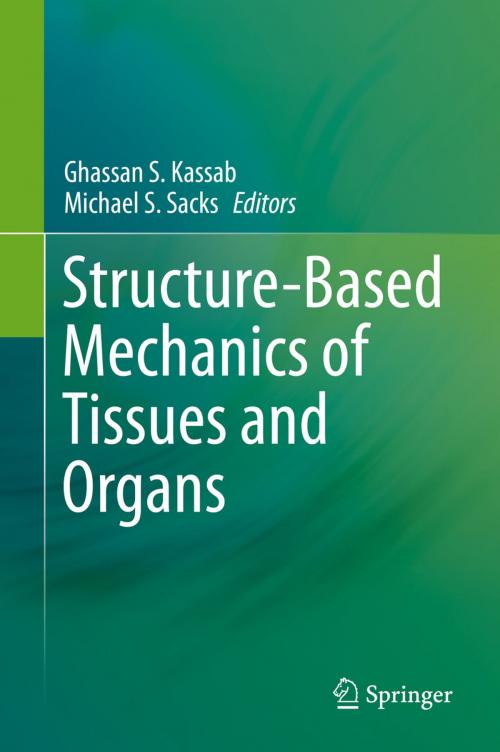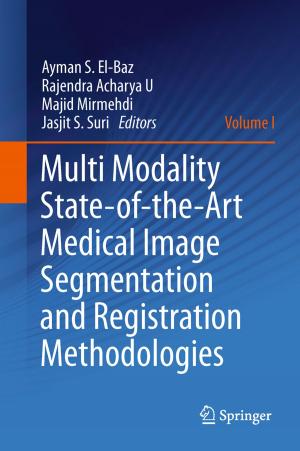Structure-Based Mechanics of Tissues and Organs
Nonfiction, Science & Nature, Technology, Engineering, Science, Biological Sciences| Author: | ISBN: | 9781489976307 | |
| Publisher: | Springer US | Publication: | January 28, 2016 |
| Imprint: | Springer | Language: | English |
| Author: | |
| ISBN: | 9781489976307 |
| Publisher: | Springer US |
| Publication: | January 28, 2016 |
| Imprint: | Springer |
| Language: | English |
This book portrays the commonality of tissue micro-structure that dictates physiological function in various organs (microstructure-function relation). Tissue and organ models are used to illustrate physiological functions based on microstructure. Fiber scale properties such as orientation and crimp are described in detail. Structurally-based constitutive models are given throughout the book, not only to avoid ambiguities in material characterization, but also to offer insights into the function, structure, and mechanics of tissue components. A statement of future directions of the field is also given, including how advancements, such as state-of-the-art computational modeling and optical measurements of tissue/cells structures, are taking structure-based modeling to the next level.
This book also:
Provides a comprehensive view of tissue modeling across multiple systems
Broadens readers’ understanding of state-of-the-art computational modeling and optical measurements of tissue/cells structures
Describes in detail fiber scale properties such as orientation and crimp
This book portrays the commonality of tissue micro-structure that dictates physiological function in various organs (microstructure-function relation). Tissue and organ models are used to illustrate physiological functions based on microstructure. Fiber scale properties such as orientation and crimp are described in detail. Structurally-based constitutive models are given throughout the book, not only to avoid ambiguities in material characterization, but also to offer insights into the function, structure, and mechanics of tissue components. A statement of future directions of the field is also given, including how advancements, such as state-of-the-art computational modeling and optical measurements of tissue/cells structures, are taking structure-based modeling to the next level.
This book also:
Provides a comprehensive view of tissue modeling across multiple systems
Broadens readers’ understanding of state-of-the-art computational modeling and optical measurements of tissue/cells structures
Describes in detail fiber scale properties such as orientation and crimp















